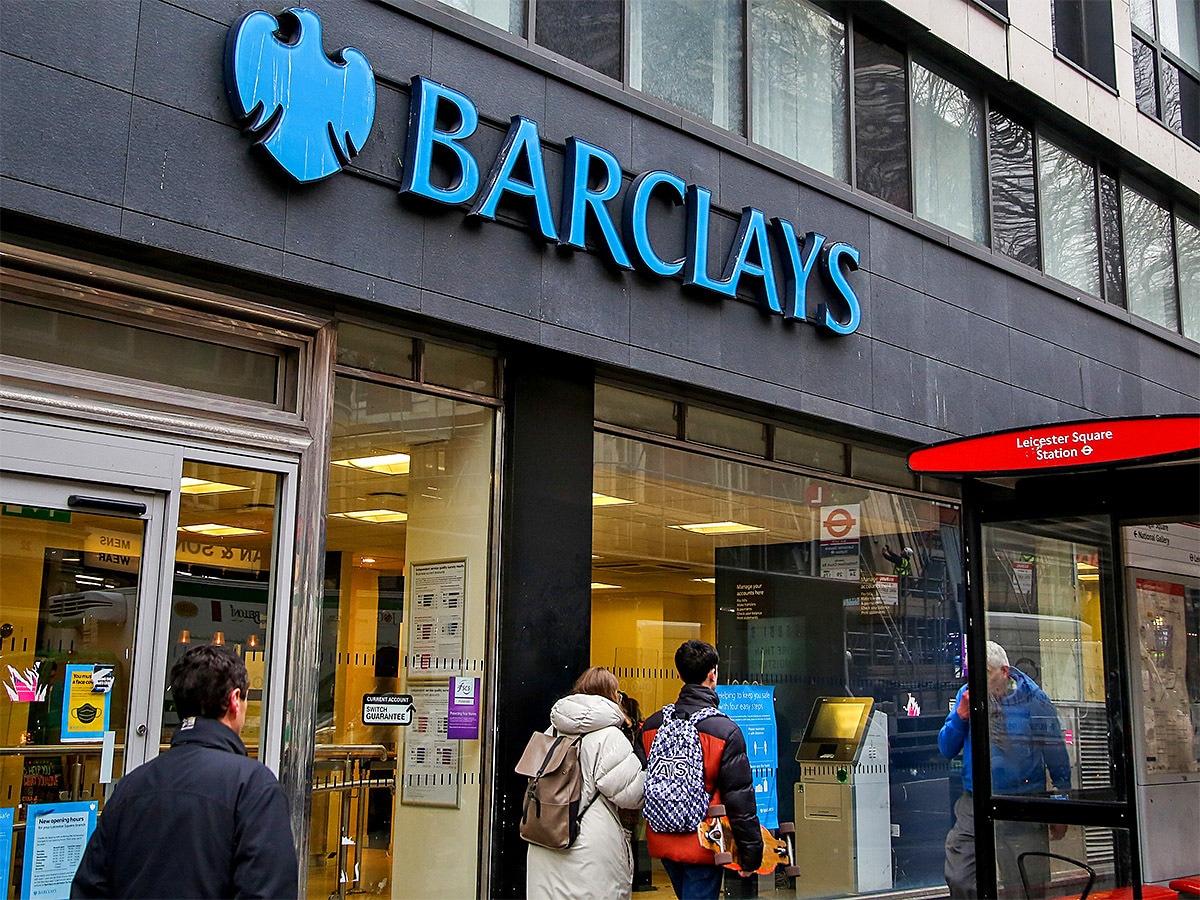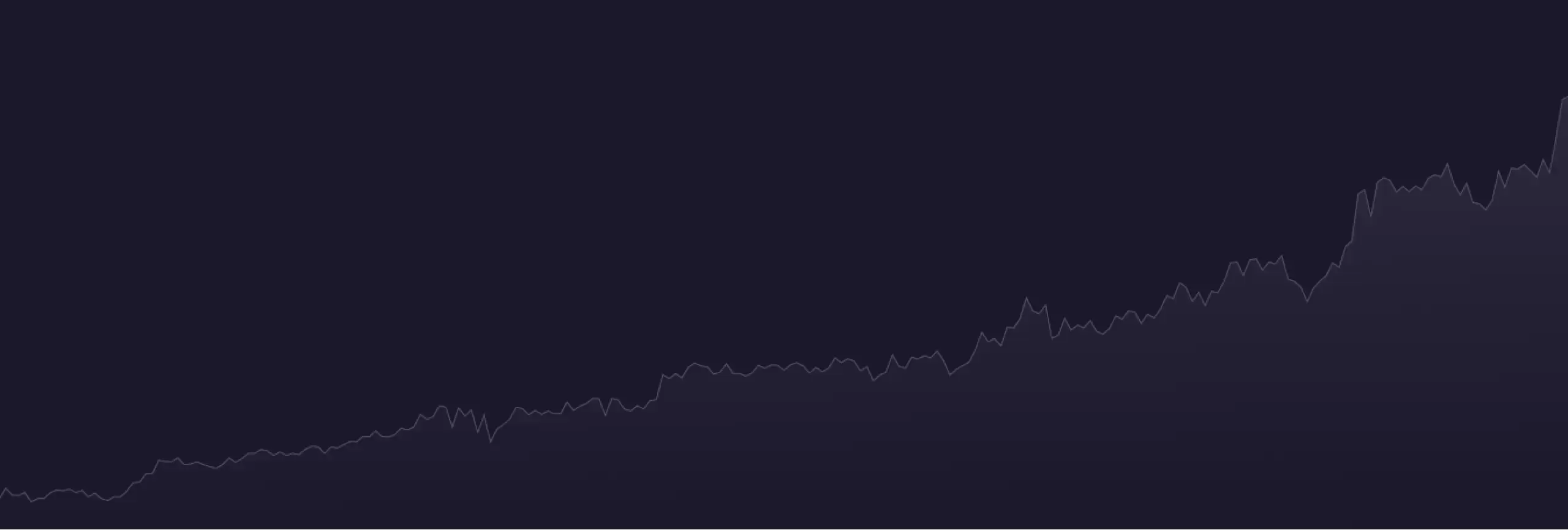
Barclays [BARC.L] will release its first quarterly report under the stewardship of CS Venkatakrishnan, who was appointed to CEO back in November last year. The UK bank is expected to show bumper profits when its fourth-quarter and full-year 2021 earnings are reported on 23 February.
Ahead of the announcement, the Barclays share price has risen just over 2.2% year-to-date to 191.16p at the close on 18 February. However, the stock is trading 13% below its 52-week high of 219.60p, which it reached during intraday trading on 14 January.
“The [Barclays] share price seems relatively undisturbed, as it is higher now than on the day of Mr Staley’s [former CEO of the bank] sudden departure and is up by some 40% year-on-year,” noted AJ Bell investment director Russ Mould and financial analyst Danni Hewson in pre-earnings commentary seen by Portfolio Adviser.
Profit bounce back boosts Barclays share price
One of the reasons for the positive movement in the Barclays share price in recent months has been the UK’s economic recovery, as it emerges from the worst of the coronavirus pandemic. In Q3 2021, credit and debit card spending saw an improvement and continued to steadily increase throughout the quarter. Customer deposits in the three months to the end of September totalled £193.3bn, up from £173.2bn in Q3 2020.
This said, reduced borrowing and repayments by customers meant a lower level of interest-earning lending balances. This led to UK consumer income falling 23% year-on-year to £898m. On the other hand, business banking income rose 12% to £1.039bn, thanks to increased lending and deposit balance growth due to £12.1bn of government scheme loans.
“While customer borrowing has continued to be lacklustre, there are signs consumers and business are starting to loosen the purse strings,” Hargreaves Lansdown analysts said in a research note.
Rebounding customer activity saw pre-tax profits for the UK retail banking unit rise from £196m in Q3 2020 to £451m in Q3 2020, although this was down from £1.04bn in Q2 2021.
Overall profit was driven by another strong quarter in its investment bank. Pre-tax profits climbed 51% year-on-year to £1.5bn, while it brought in £971m from fees related to capital markets and mergers and acquisitions, up from £610m in the year-ago quarter and £873m in the previous quarter.
Investment bank could offset consumer borrowing weakness
The UK market’s deal-making frenzy and increased IPO activity, which continued in the three months to the end of December, could help Barclay’s investment banking division to cash in once again.
AJ Bell analysts are expecting overall pre-tax profits to come in around £8.1bn for the full year, having reported £6.9bn for the first nine months of the year. “It implies a profit for the fourth quarter alone of just under £1 2bn, the lowest quarter of the year, although that is relatively normal for banks as they tend to clean up and clear out their books in the final three-month period. Even then, it represents a big step up on 2020’s fourth-quarter result of £646m,” noted Mould and Hewson.
The results should also give investors an idea of the impact of the omicron variant on consumer and business sentiment for borrowing. In its UK consumer spending report covering 20 November to 24 December 2021, Barclays highlighted a 12.2% increase in consumer card spending compared with the same period in 2019, but noted that the growth rate has been slowing in recent months.
The bank is also expected to announce a dividend – having previously announced an interim dividend of 2p a share – after not paying out in the first half of 2020.
The expected bumper profit could offer a boost to the Barclays share price, which has a consensus ‘buy’ rating and an average price target of 249.76p (a 30.7% increase from its 18 February closing price) among 17 analysts polled by Yahoo Finance.
Disclaimer: CMC Markets is an execution-only service provider. The material (whether or not it states any opinions) is for general information purposes only, and does not take into account your personal circumstances or objectives. Nothing in this material is (or should be considered to be) financial, investment or other advice on which reliance should be placed. No opinion given in the material constitutes a recommendation by CMC Markets or the author that any particular investment, security, transaction or investment strategy is suitable for any specific person. The material has not been prepared in accordance with legal requirements designed to promote the independence of investment research. Although we are not specifically prevented from dealing before providing this material, we do not seek to take advantage of the material prior to its dissemination.



















